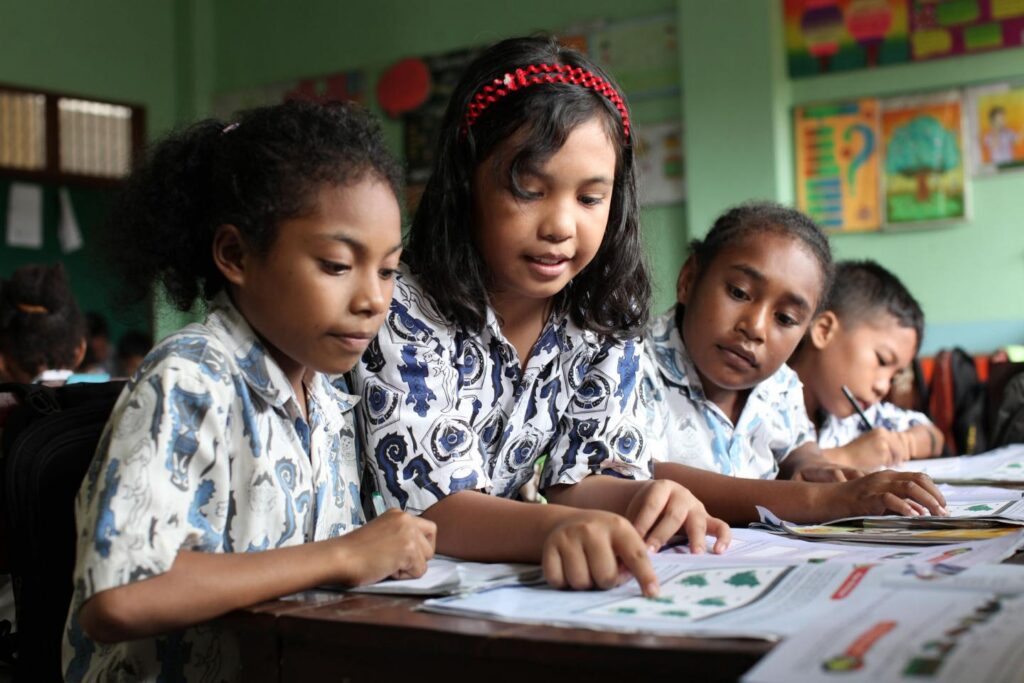Jakarta (ANTARA) – The Ministry of Education, Culture, Research, and Technology (Kemendikbudristek) continues to improve the quality of education in Indonesia through the implementation of the Merdeka Curriculum that is aligned with various Merdeka Belajar programs.
Head of the Education Standards, Curriculum and Assessment Agency (BSKAP) of the ministry Anindito Aditomo said the curriculum was created as a flexible framework and freed teachers, educators, and students.
“Implementation of the Merdeka Curriculum can be adapted to the vision and mission and facilities owned by educational units as well as the learning needs of students throughout the country,” Aditomo noted in a statement here on Saturday.
“Hence, the Merdeka Curriculum can be implemented in all educational units and in all regions that have various conditions,” he remarked.
Aditomo cited an example of the practice of the Merdeka Curriculum, especially differentiated learning for reading literacy, which has been implemented by schools and madrasas in Central Lombok, West Nusa Tenggara.
He said the practice reflected the essence of the Merdeka Curriculum, with student-centric learning.
Central Lombok Regent Pathul Bahri stated that the learning transformation conducted by the central government aligned with the Central Lombok District Government’s program to create a faithful, prosperous, cultured, and quality society.
“The Merdeka Curriculum provides greater opportunities for teachers to strengthen students’ literacy, numeracy, and character abilities,” Bahri remarked.
“Skills are the foundation of learning that will determine the quality of human resources in the future,” he stated.
“The better the literacy, numeracy, and character abilities of students, the better the student achievement will be in the future,” he added.
The Merdeka Curriculum has one of the main characteristics that focuses on essential material and encourages improving the quality of learning. This aspect provides space for teachers to organize differentiated learning.
Aditomo explained that differentiated learning also offers room for teachers to use a variety of learning resources and not just rely on textbooks.
The teacher can also choose certain chapters from a textbook or use a textbook from a higher or lower level according to the students’ learning needs.
Teachers are also expected to use or modify various other learning resources apart from textbooks, including those already provided on the Merdeka Mengajar platform, he stated.
Apart from focusing on essential material, the Merdeka Curriculum also provides special time for character development in accordance with the Pancasila values.
“Since it is not enough for character to only be developed through academic lessons in class, around 20 to 30 percent of lesson hours can be used for co-curricular activities through projects to strengthen the profile of Pancasila students,” he stated.
Aditomo encouraged teachers and heads of education units to learn more about the various guidelines presented by the Ministry of Education and Culture.
“Changing the curriculum is not only about documents and administration, but how do we encourage improvements in classroom learning for all students. Therefore, we do not standardize certain documents,” he remarked.
Source: Antara


